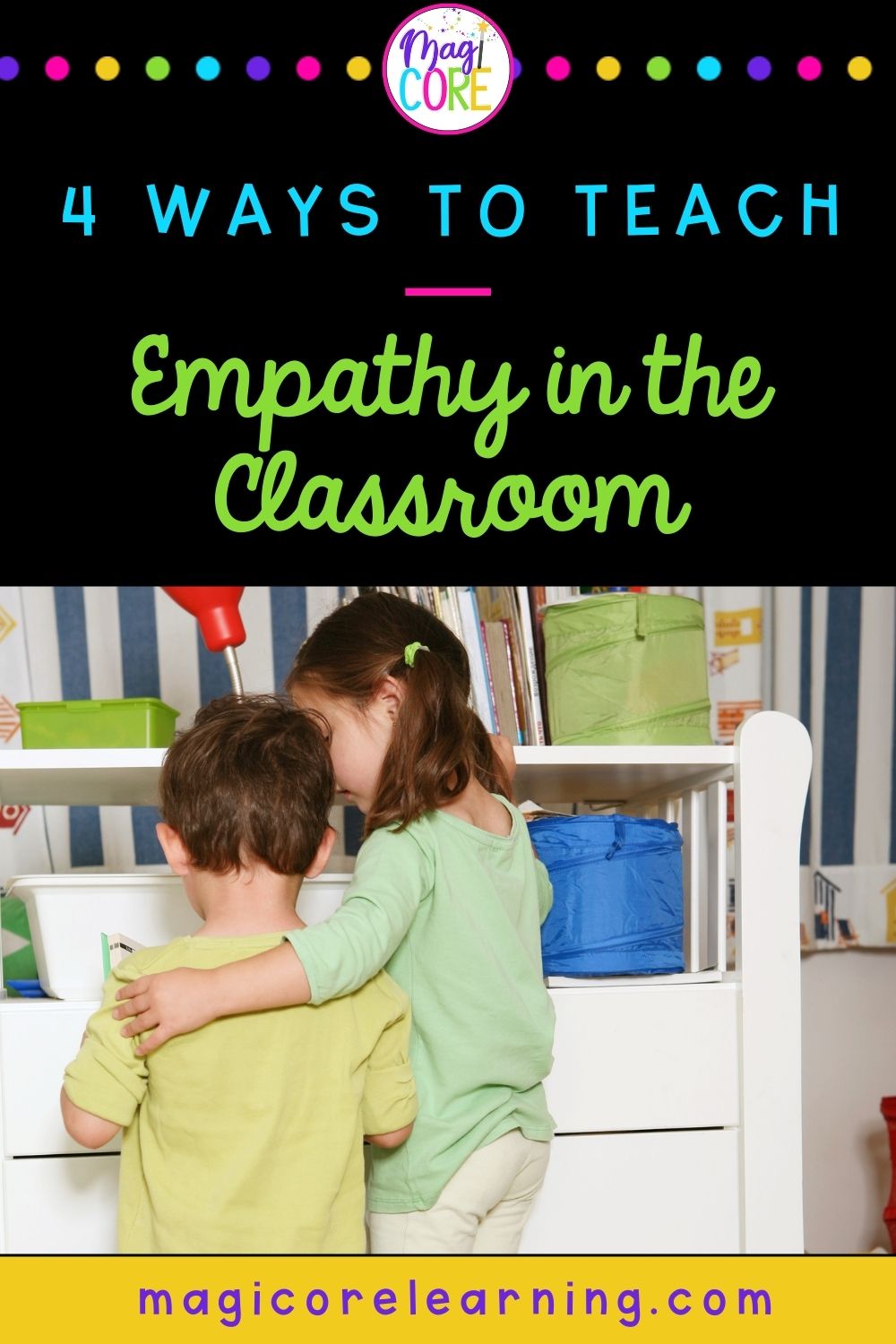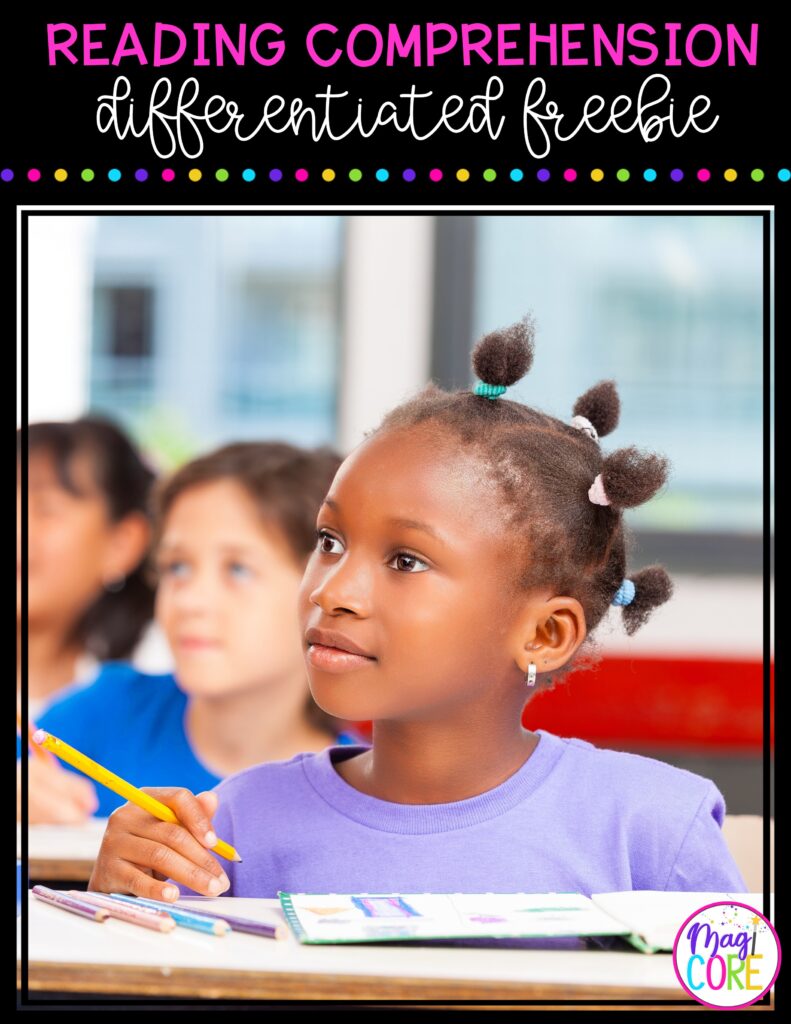Empathy may seem innate to you. Maybe it never crossed your mind to explicitly teach empathy to your students. However, while empathy is innate to some, it does need to be explicitly taught and modeled to others.
If we teach students to recognize others’ feelings and perspectives, it will not only make classroom management easier, but it will make your students more aware and empathetic people.
Select books that showcase people, their experiences, and their feelings and emotions. It is especially impactful to incorporate stories about other children that your students can not only learn from, but relate to as well.
Here are a few examples of books that can teach students to emphasize with the perspectives of others:




*As an Amazon Associate I earn from qualifying purchases.
When a student is feeling hurt, ask others how they would feel if they were in the same situation. You can use this in real life situations as they arise, or create realistic scenarios and ask students to reflect on how they would feel if they were in the shoes of someone else.
For example: Kiara is playing on the playground with her friends Jamie and Lia. Suddenly, Jamie and Lia run off to the other side of the playground and start whispering and pointing at Kiara. How would you feel if you were Kiara? What should Kiara do?
Incorporate lessons and activities that teach about different places, people, and ways of life. You can do this through books, themed units, or other materials such as virtual field trips.
Model empathy by responding empathetically to students. Don’t jump to judgement or punishment.
Give students a chance to be heard, understood, and accepted.
Teaching empathy will increase your students’ willingness to be held accountable and to hold themselves accountable.
Teaching is both rewarding and frustrating, and sometimes the frustration outweighs the rewards. But with a few simple strategies, you can truly transform your classroom, make a connection with your students and have a lasting impact.
If more reward and less frustration sounds intriguing, then check out my Classroom Management Course. It’s chocked full of helpful tips, strategies, and over 200 pages of resources that will help you get your students on track and keep them on track all year long.

We strive to create resources that empower teachers and transform student success. We create skill-focused resources that promote critical thinking, enhance student engagement, and incorporate diversity. Our goal is to develop the tools teachers need to reach their students and foster a lifetime of learning.

